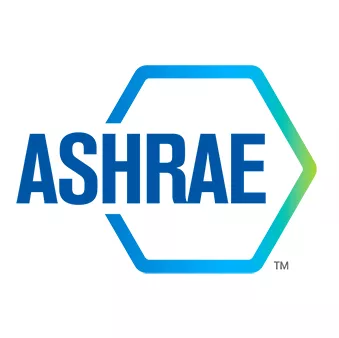More than 30 percent energy savings can be achieved using the 2016 version of Standard 90.1, according to recent analysis conducted by Pacific Northwest National Laboratories (PNNL) in support of the U.S. Department of Energy (DOE) Building Energy Codes Program. The analysis shows for the whole building energy consumptions, national aggregated site energy savings are 34.1 percent and energy cost savings are 34.2 percent, when compared to the 2004 standard.
PNNL conducted the energy savings analysis, using the 2004 standard as baseline. These results are expected to be final in October 2017 when DOE publishes its final determination.
“For more than 40 years, ASHRAE and IES members have strived to build upon the energy savings measures in each update of Standard 90.1, most recently released in its 10th edition,” Tim Wentz, ASHRAE president, said. “Each year the challenge grows as technology becomes more efficient. That we continue to build upon the savings speaks to the ability of our industry to adapt and transform as those technologies change and more advanced technologies become more cost effective.”
Building-type energy savings range from 11.9 percent to 48.6 percent and energy-cost savings from 15.3 to 49.8 percent. These figures include energy use and cost from the whole building energy consumptions including plug and process loads.
Sixteen different building prototypes were modeled in 17 different climate locations for a total of 272 building types in various climate zones that were incorporated into this analysis. An update on the report results was made at the recent 2017 ASHRAE Winter Conference. Changes in those addenda include:
- updated controls for emergency lighting
- improved window U-factor and solar heat gain coefficient
- improved coiling door air leakage requirements
- updated parking lot occupancy controls
- updated opaque door U-factor
- established minimum chilled water systems coil selection Delta T
- updated transformer efficiency requirements
- added domestic hot water branch insulation
- reduced heat rejection variable frequency drive (VFD) threshold
- raised minimum exhaust air energy recovery threshold
- reduced exterior and interior lighting allowances
- updated fenestration orientation
- included service factor in heat rejection VFD threshold
- updated motor efficiencies
- improved hotel/motel guest room control
- reduced pumping VFD threshold
- required high efficiency dwelling unit lighting
- reduced retail lighting adder
- eliminated computer room economizer threshold
- removed ventilation optimization exception for energy recovery ventilator
- updated transfer air requirements
- updated climate zones




